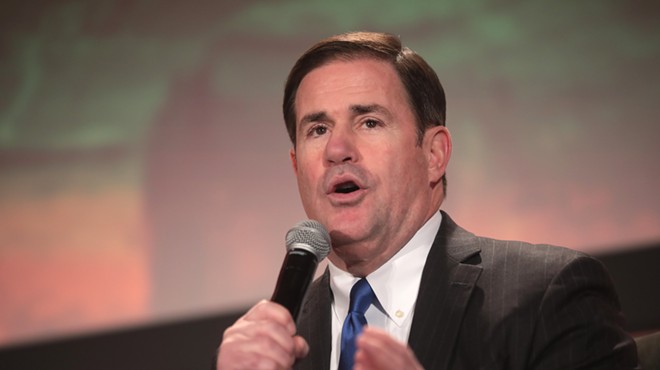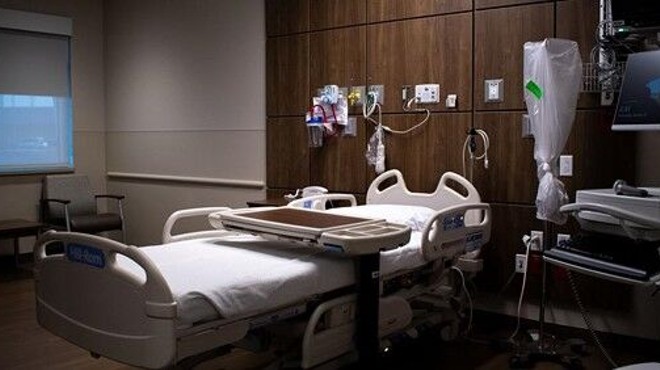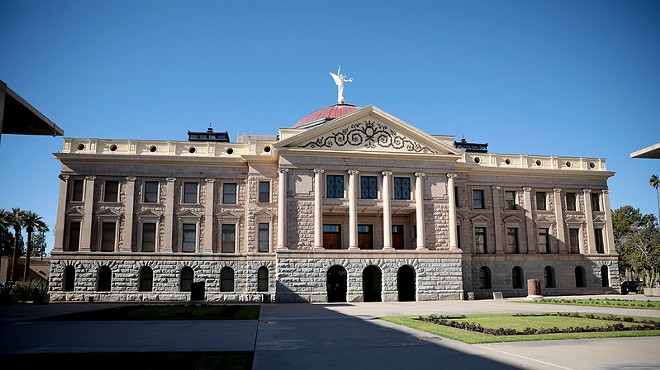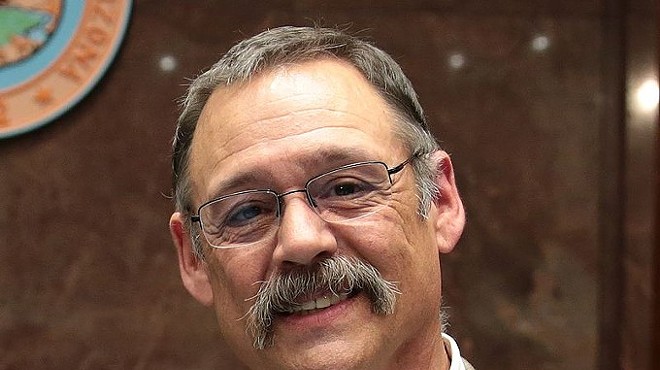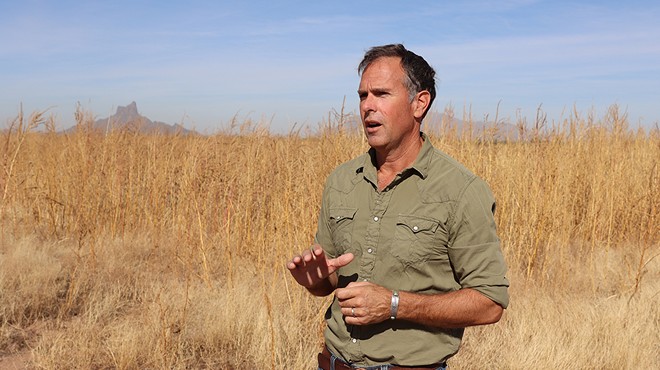Monday, November 30, 2020
UA Coronavirus Team Calls for Statewide Stay-at-Home Order as Cases Surge
Experts from the COVID-19 modeling team at the University of Arizona are calling for a shelter-in-place order, mask mandate and emergency economic relief measures statewide as coronavirus metrics increase to alarming levels.
“No matter what actions are taken, Arizona will experience a hospital crisis in the coming weeks. However, if action is not immediately taken, then it risks a catastrophe on a scale of the worst natural disaster the state has ever experienced,” UA’s COVID-19 modeling team wrote in a memo to the Arizona Department of Health Services. “It would be akin to facing a major forest fire without evacuation orders.”
Dr. Joe Gerald, a professor at UA who creates weekly coronavirus epidemiology reports based on ADHS data, also called for further COVID-19 mitigation tactics as his latest report shows an alarming spread of the virus throughout the state.
“Arizona is experiencing a public health crisis where access to critical care services is limited due to shortages of space, personnel, and critical supplies. If not addressed within the next 2-3 weeks, this crisis will evolve into a humanitarian crisis leading to hundreds of preventable deaths,” Gerald wrote in his latest report. “At this point, only shelter-in-place restrictions are certain to quickly and sufficiently curtail viral transmission.”
According to Gerald's latest update, Arizona likely passed concerning thresholds of 30,000 COVID-19 cases per week and 4,000 cases per day this week.

His report says Arizona's COVID-19 test positivity reached 17% the past week, providing “additional evidence that viral transmission continues to increase despite the uncertainty surrounding actual case counts.”
On Friday, Nov. 27, 28% of hospital ward beds were filled by COVID-19 patients, a 24% increase from the week prior. Of the state’s ICU beds, 32% were occupied by coronavirus patients, a 27% increase from last week, according to Gerald’s report.
Members of the COVID-19 modeling team at UA said Arizona State University’s COVID-19 projections predict by early December, hospitalizations will exceed current ICU and general ward capacity throughout the state.
By late December, the ASU COVID-19 modeling team predicts hospitalizations will exceed their total capacity, causing “no additional availability to provide care for routine, urgent, or emergent non-COVID care,” according to the UA modeling team’s memo.
Gerald wrote in his report that if total hospital capacity is reached, “it would represent a humanitarian crisis of unparalleled proportion and would be accompanied by hundreds if not thousands of preventable deaths.”
Gerald says the state’s “hospitals’ safety margin continues to erode” not only because of a surge in COVID-19 cases but due to other non-coronavirus related procedures and illnesses hospitals are handling.
“While occupancy data suggest Arizona hospitals should be under greater strain, the fact that admissions are dispersed across multiple units, not just COVID-specific units, means the workload is more evenly distributed across physicians, nurses and other health professionals,” Gerald said in his report. “As COVID-19 admissions continue to increase, this advantage will be lost.”
Gerald’s data shows 3,660 COVID-19 cases among Pima County residents for the week ending Nov. 22, a 39% increase from the previous week, setting a record for the highest weekly case count in the county.
“In this regard, Arizona should reinstate its shelter-in-place order for the post-Thanksgiving – Christmas period,” Gerald wrote in his report. “While more targeted restrictions could have slowed transmission if implemented weeks ago, the potential consequences of an outbreak of this size and trajectory are too dire to rely on half-measures now.”
UA’s COVID-19 modeling team is calling for a three-week shelter-in-place order from Dec. 1-Dec. 22, an enforceable statewide mask mandate and emergency relief measures for small businesses and other entities affected by a potential stay-at-home ordinance.
The group is also asking for county and municipal leaders to be given the authority to enact local shelter-in-place mandates.
Gerald also called for further statewide action against the spread of the virus given the dire implications of its continued spread.
“Acknowledging that a shelter-in-place order is unlikely, counties should be granted additional authority to establish and enforce alternative COVID-19 mitigation policies,” Gerald said in his report. “The only unacceptable course is inaction. Without intervention, we are on track to experience a major humanitarian crisis during the Christmas – New Year holiday season.”






